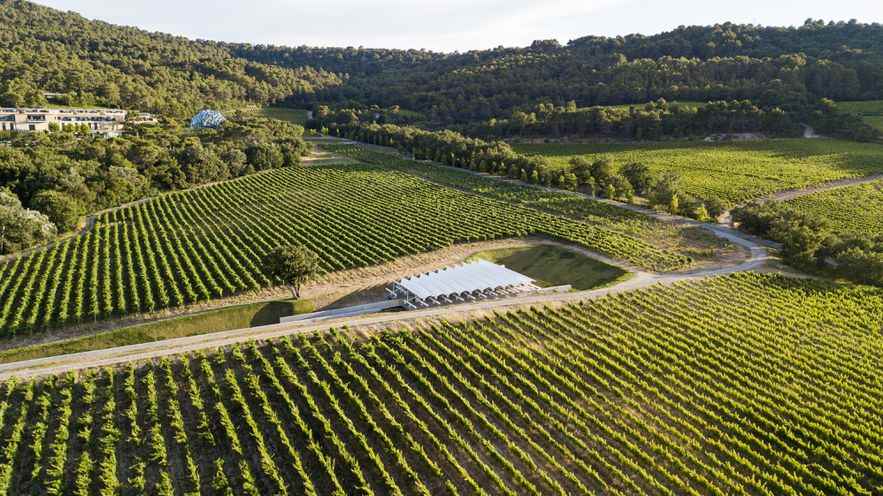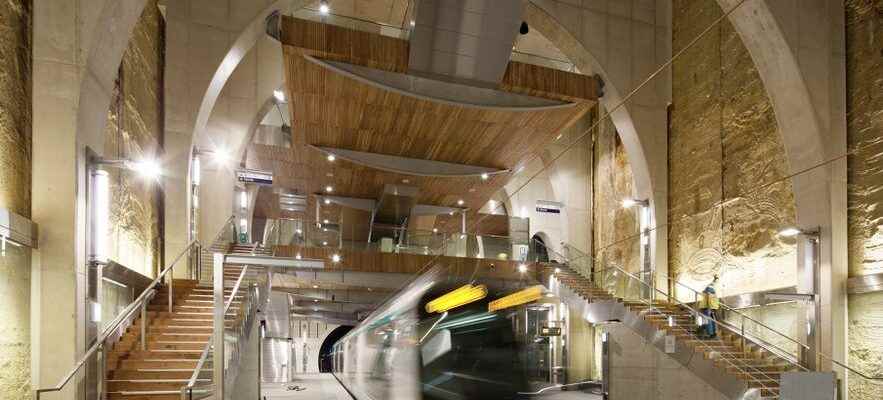An article from the special issue of L’Express “Find the city that suits you”
In order to accommodate more and more people in the cities, it was long believed that there were only two possibilities: to build further and further or higher and higher. But there is another method, of which we think less and which nevertheless proves to be extremely effective: to build… underground. And for good reason: the basement makes it possible to increase the size of a city without extending it by a single square centimetre! Ideal for preserving natural spaces and combating urban sprawl. This solution is therefore now being looked at with increasing attention by planners and architects.
It is still necessary to know how to respect a few fundamental rules, because any normally constituted human being prefers to live in the open air. In particular, it is necessary to provide connections between the basement and the city, as the successful metamorphosis of the Grand Louvre in Paris perfectly demonstrated. “The underground space can and must be a living space, summarizes the architect Monique Labbé, director of the “10D Cities – Cities of Ideas” plan and a specialist in these issues. For this, one of the rules consists in creating connections between the underground and the city. Ieoh Ming Pei’s famous glass pyramid allows light from the outside world to illuminate the underground spaces.”
Viroflay station (Yvelines) is a successful example of underground development.
/ © Hugo Hebrard
To harmoniously develop our basements, it is also necessary to pay careful attention to safety. Because managing a fire on the surface or 20 meters underground are two different exercises. Similarly, to avoid the risk of flooding, it is better to favor suitable places. “In Orly-Rungis, where I work, we settled 30 meters above the Seine valley. This is obviously better than carrying out the same project in a flood zone”, underlines Monique Labbé, who summarizes her philosophy of a formula: “We must never ignore nature, but dialogue with it.”
Finally, there is the question of cost because, one imagines, a project designed in the basement is more expensive than the same one placed on the ground. At first, anyway. “For the comparison to be serious, it is also necessary to take into account what economists call ‘externalities’, such as the impact on the environment, transport gains, energy savings”, underlines the architect Jean -François David, who is preparing a practical guide to using the basement for his colleagues. It even happens that, all in all, the most economical solution is not the one you think.
This is the conclusion reached by our ancestors before us. In fact, there is an ancestral use of the basements, whether for housing (troglodyte villages), storage (wine, cheese), water supply (the cisterns of Constantinople), and, at one time more recent, security (the safes of the Banque de France) and public transport with the metro.

Designed by the famous architect Renzo Piano, the photography pavilion of Château Lacoste, in Bordeaux, is partly buried.
© / Stéphane Aboudaram
The rise of ecological concerns is giving new life to this sometimes neglected space. And quality projects are flourishing under our feet, as proven in Paris by the new auditorium of the Institut de France (Marc Barani) or the underground spaces of the new Samaritaine (agency Sanaa + Lagneau + François Brugel). This is also the case, in Bordeaux, of the photography pavilion at the Château Lacoste designed by Renzo Piano or, in the Parisian suburbs, in the Yvelines, of the Viroflay station (Shall workshops).

The Amos Rex Museum in Helsinki is partly underground.
/ ©2018 Tuomas Uusheimo: www.uusheimo.com
Foreign countries are not left out. Finland has shown the way with the Rex underground museum in Helsinki. Same success in Spain for the cultural center of Teruel, where the use of the basement has enabled the Aragonese city to install this major facility in the heart of the city without destroying a single house.

In Teruel, Spain, the use of the basement has made it possible to build a cultural center without destroying a single house.
© / MI5 and PKMN architects
In the years to come, operations of this type should therefore multiply in France, whether with the Greater Paris metro stations or the extension of the Marseilles town hall. It is true that the basement has one last advantage: its availability.
